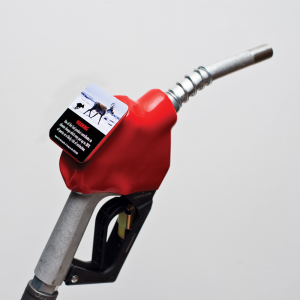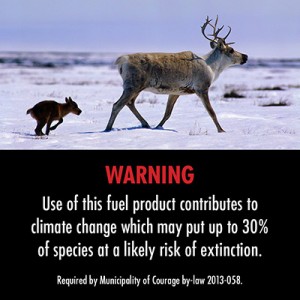When I was pregnant, I started wearing men's T-shirts over skirts of which the waist had ferocious stretch. After all, my waist was going through a ferocious stretch. It was very comfortable to wear clothes that matched that.
By the time I was ready to buy new clothes again, it was a decade later, and I had all but forgotten what my size was. A store assistant sized me up and said, "You'd be a six, ma'am. Maybe a four."
From the way she turned away from me I could tell that my face was set to maximum incredulity. It was all I could do to keep myself from saying, "You're out of your mind. Before the babies I was a ten. I'm sure I'm a twelve now. There is no. bloomin'. way. that I'm a six."
I tried on a few things.
I'm a six.

[Original painting: The Abduction of Deianeira by the Centaur Nessus (ca. 1640) by Peter Paul Rubens, the painter of all those "rubenesque" ladies.]
I went home and rifled through my old stuff. Sure enough: a decade has passed, and now six is the new twelve. This size creep is downright creepy, if you ask me. I don't like to have my perceptions manipulated, thanks very much.








